
This small town is located in Hesse somewhere between Frankfurt and Kassel. The noted scientist Mikhail Lomonosov, the founder of Russian porcelain production Dmitry Vinogradov, and the Nobel laureate Boris Pasternak were students at the local Russian university. The latter, however, spent only one semester in these locations. “Marburg” – so he called one of the poems written in 1916:
Martin Luther lived here. There are the Brothers Grimm.
Claw roofs. trees. tombstones.
And all this remembers and reaches them.
Everything is alive. And all this is also similarity…
In 2022, Marburg celebrated its 800th anniversary. The first settlements in this part of the Lahn Valley appeared much earlier, but the first written mention of the urban community of Marburg dates back to 1222 – in the so-called Chronicle of Reinhardsbrunn. By this time there was already a castle founded in the 11th century. As in many other cases, gradually people from neighboring places began to approach the castle – it provided work and protection, which led to the emergence of an urban settlement.
Old City
Half-timbered houses in the historic center of Marburg
During our walk today, we’ll explore the Old Town, which is also the Upper Town (Oberstadt), but first let’s take a white look at the local castle. You can read more about some of Marburg’s special sights in separate publications using the links in the text or at the bottom of the page.
marburg castle

Landgrave Castle in Marburg
The castle in Marburg was founded on top of a hill above the River Lahn in the 11th century – later it was rebuilt and expanded many times. Here you can find traces of various periods of architecture – Romanesque, Gothic, Renaissance and others. For a long time it served as one of the main residences of the Landgraves of Hesse.
Elizabeth of Thuringia
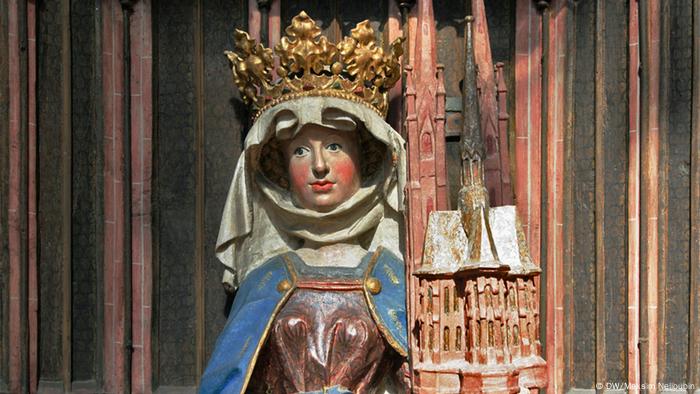
Image of St. Elizabeth in the Church of St. Elizabeth (Elisabethkirche)
A special role in the history of Marburg was played by Elisabeth of Thuringia (1207-1231), a princess of the Hungarian Arpad dynasty. Having lost her husband early, the Landgrave of Thuringia, who died of the plague during the crusade, in 1228 she chose this place as the residence of a widow, founded a hospital here and devoted all her time to the service of the needy, following the ideals of the monks. Franciscans.
The first Gothic church in Germany
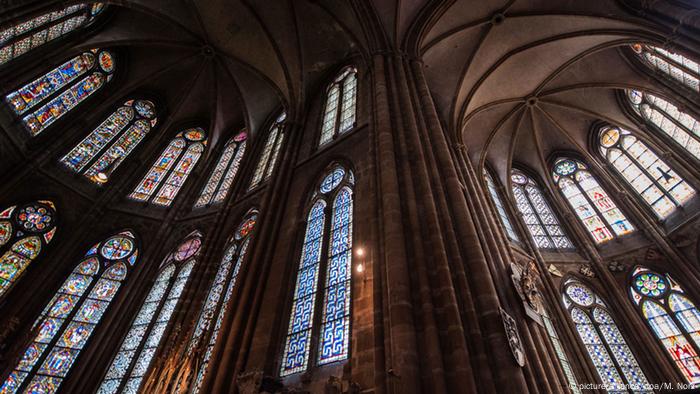
Stained glass windows and vaults of the Church of St. Elizabeth
A preacher of poverty and mercy, she died at the age of 24 and was soon canonized. At the same time, pilgrims from all over Europe flocked to Marburg. In 1235, the Teutonic Order placed a new church, Elisabethkirche, over the tomb of Saint Elizabeth – the first church in Germany built in a pure Gothic style, that is, without elements of the Romanesque that preceded that time.
Landgraves of Hesse

Saint Elisabeth Church in Marburg
In 1248, Marburg became the seat of the Landgraves of Hesse. This happened during the struggle for the inheritance of Thuringia: Sophia of Brabant, daughter of Saint Elizabeth, proclaimed her son Heinrich Landgrave and, during a long war, achieved the independence of Hesse. At this time, the wall was reinforced and extended in Marburg, protecting the Upper Town.
jute lions
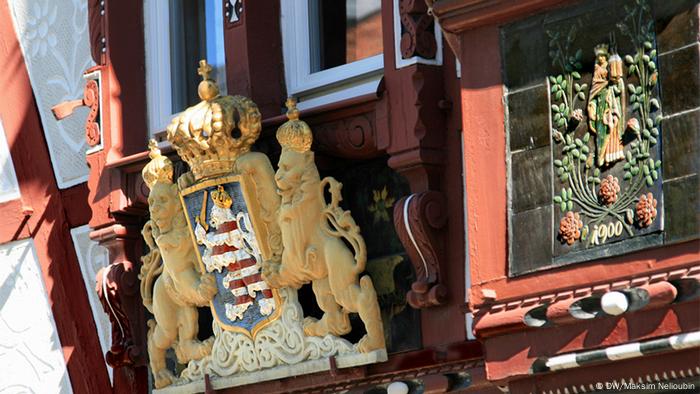
Half-timbered house in the Old Town
In addition to images of Elisabeth of Thuringia, red and white Hessian lions can be seen everywhere. It is true that Marburg began to lose its importance as a city of residence almost immediately after the death of Landgrave Henry I in 1308 and the division of goods between his two sons.
Remodeling
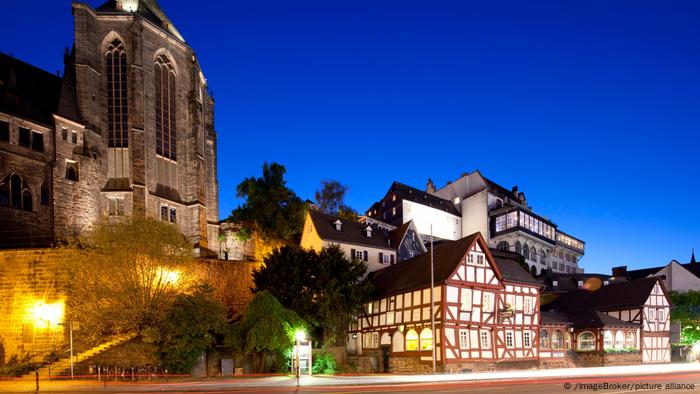
Former University and University Church in Marburg
A new stage in the city’s history began during the years of the Reformation. The then Landgrave Hessian Philip I the Magnanimous (1504-1567), born in Marburg, was a zealous supporter of the ideas of Martin Luther. In 1527 he founded a Protestant university here, the oldest still functioning Protestant university in the world. The founder’s name is immortalized in his name – Philipps-Universität Marburg.
Lomonosov in Marburg
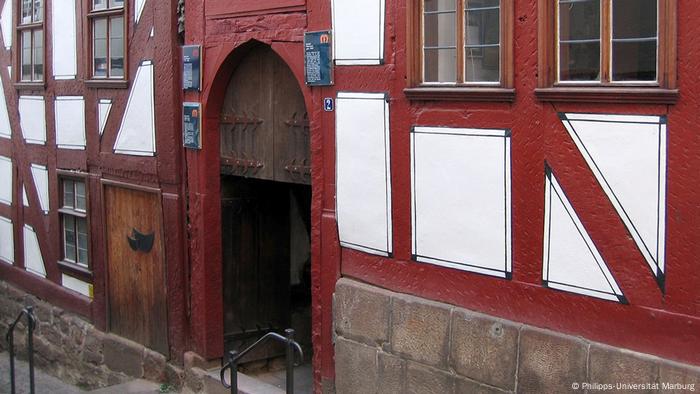
“Lomonosov House” on Vendelgasse street
Russian student Mikhail Lomonosov lived in this house on Vendelgasse street in 1736-1739. In 2012, a monument representing him in his youth was unveiled on the university campus. Among other famous Marburg students and professors are the Brothers Grimm writers, philosophers Hannah Arendt, Martin Heidegger and Jurgen Habermas, the winner of the first Nobel Prize in Medicine, Emil Adolf von Behring. In total, this university’s alumni lists include eleven holders of this prestigious award – in medicine, physics, chemistry and literature.
facade details
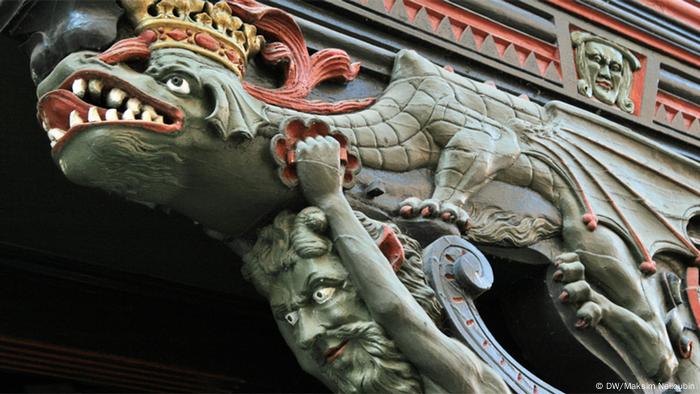
Dragon on the facade of an old wooden house in Cidade Alta
Walking through the city, we examine the facades of houses richly decorated with carvings and various figures, as if they were in an open-air museum. In the 16th-17th centuries, Marburg was a constant subject of dispute between the Kassel and Darmstadt lines of the house of Hesse, continuing to lose its importance. In Napoleonic times, the fortifications were dismantled here, but the castle above the city was not damaged.
marburg union
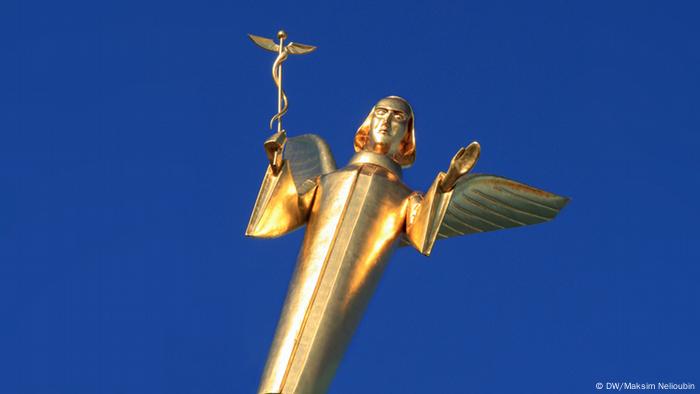
Golden Aesculapius in Marburg
In 1866, the Electorate of Hesse became part of the Kingdom of Prussia, which had a positive effect on the development of the city and the university. During World War II, Marburg was barely affected by the bombing, largely retaining its historic appearance. In 1947, the Marburg Association was founded here – a professional association of German doctors, whose symbol we complete this journey.
Source: DW
Lori Barajas is an accomplished journalist, known for her insightful and thought-provoking writing on economy. She currently works as a writer at 247 news reel. With a passion for understanding the economy, Lori’s writing delves deep into the financial issues that matter most, providing readers with a unique perspective on current events.